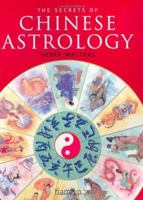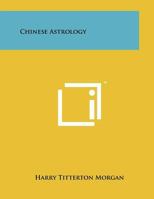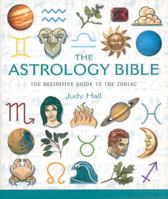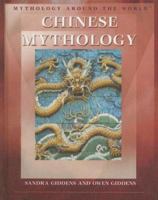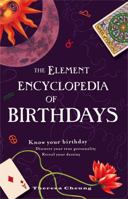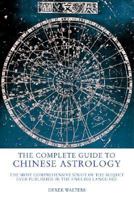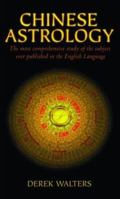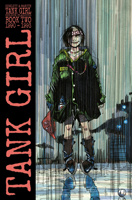Tank Girl: Color Classics Book 1 1988-1990
Select Format
Select Condition 
You Might Also Enjoy
Book Overview
The definitive anthology of Tank Girl collecting classic stories from original creators Alan Martin and Jamie Hewlett The first volume in a new collection of classic Tank Girl comics from the legends Alan Martin and Jamie Hewlett. Dive in to the crazy, outlandish world of Tank Girl and follow her first load of crazy, wild antics that captured the hearts of readers everywhere, then shot them to oblivion (by accident of course) With all new colouring, this is a collection you won't want to miss.
Format:Hardcover
Language:English
ISBN:0521630096
ISBN13:9780521630092
Release Date:September 1999
Publisher:Cambridge University Press
Length:272 Pages
Weight:1.01 lbs.
Dimensions:0.9" x 5.8" x 8.8"
More by Alan Martin
Customer Reviews
5 customer ratings | 5 reviews
There are currently no reviews. Be the first to review this work.














